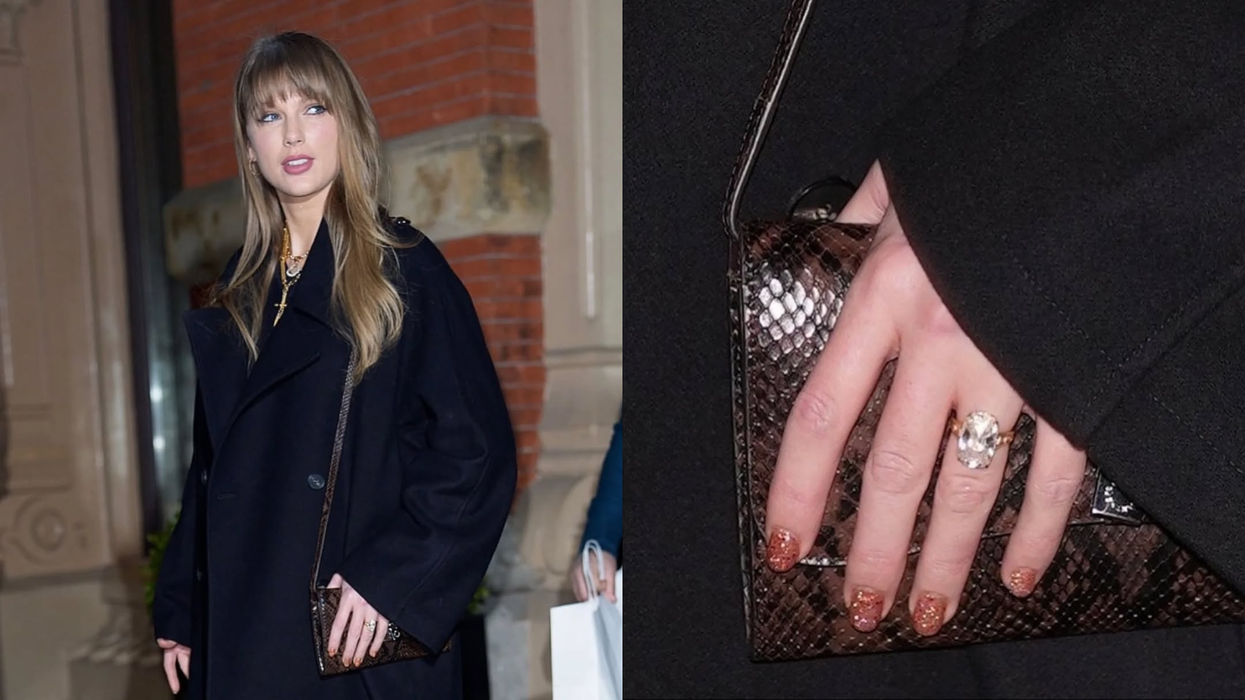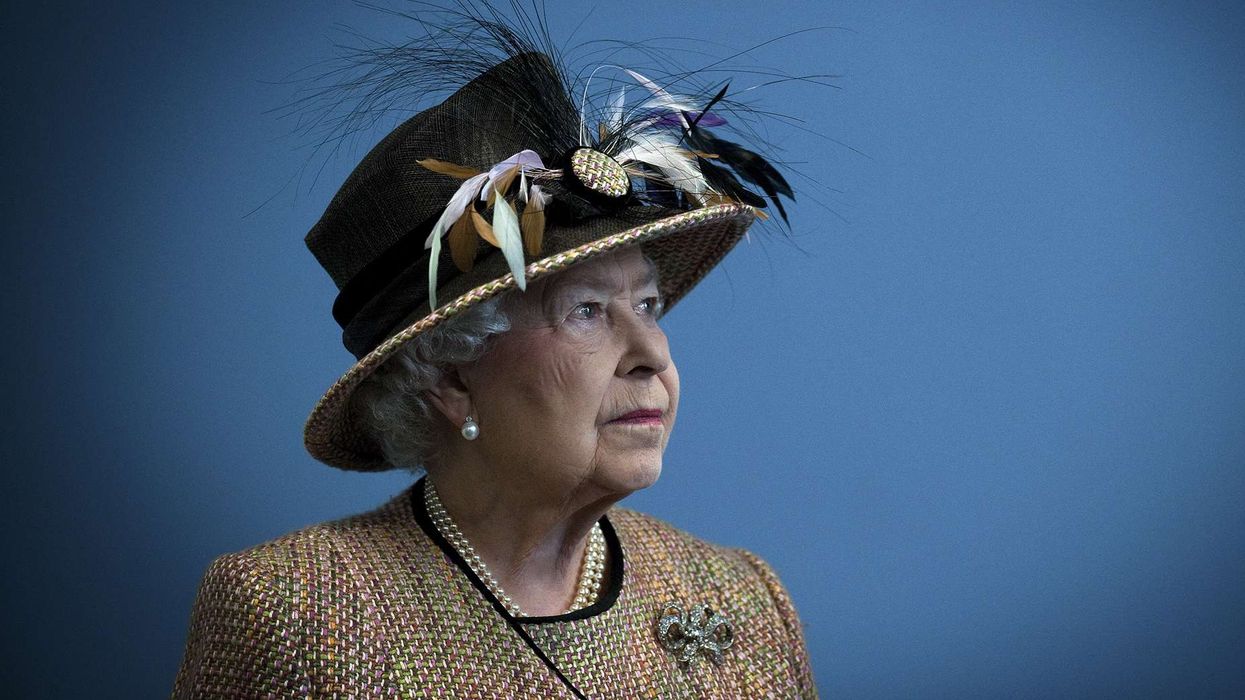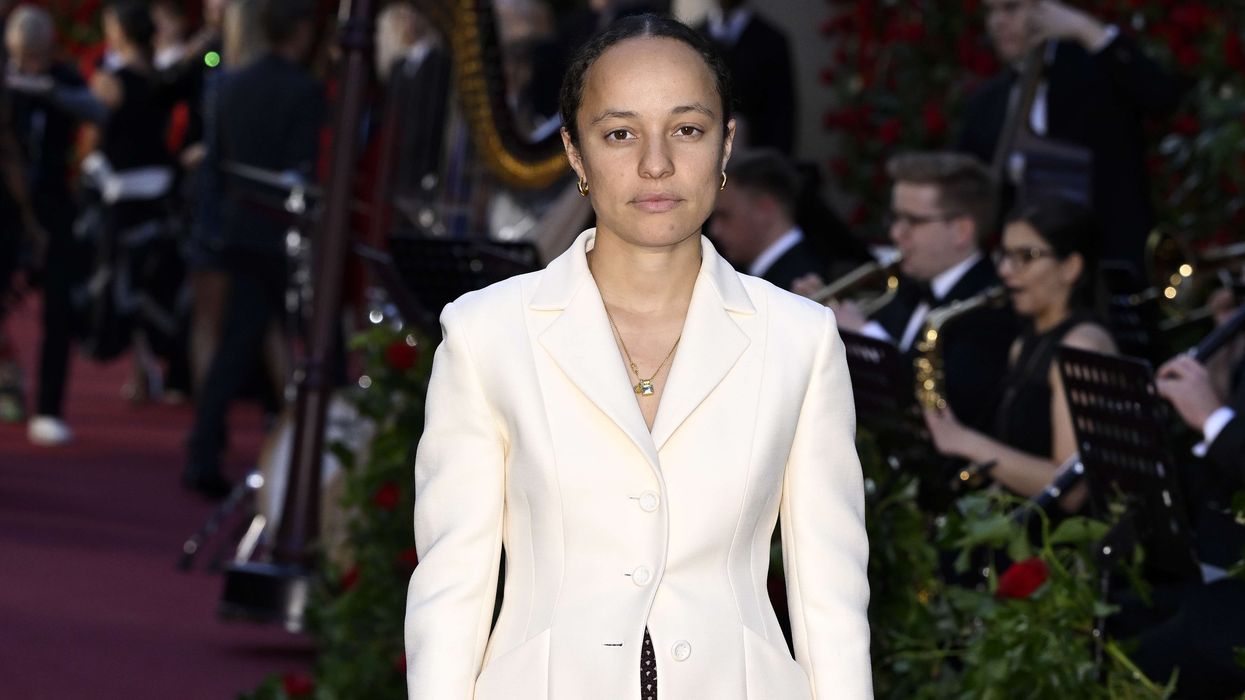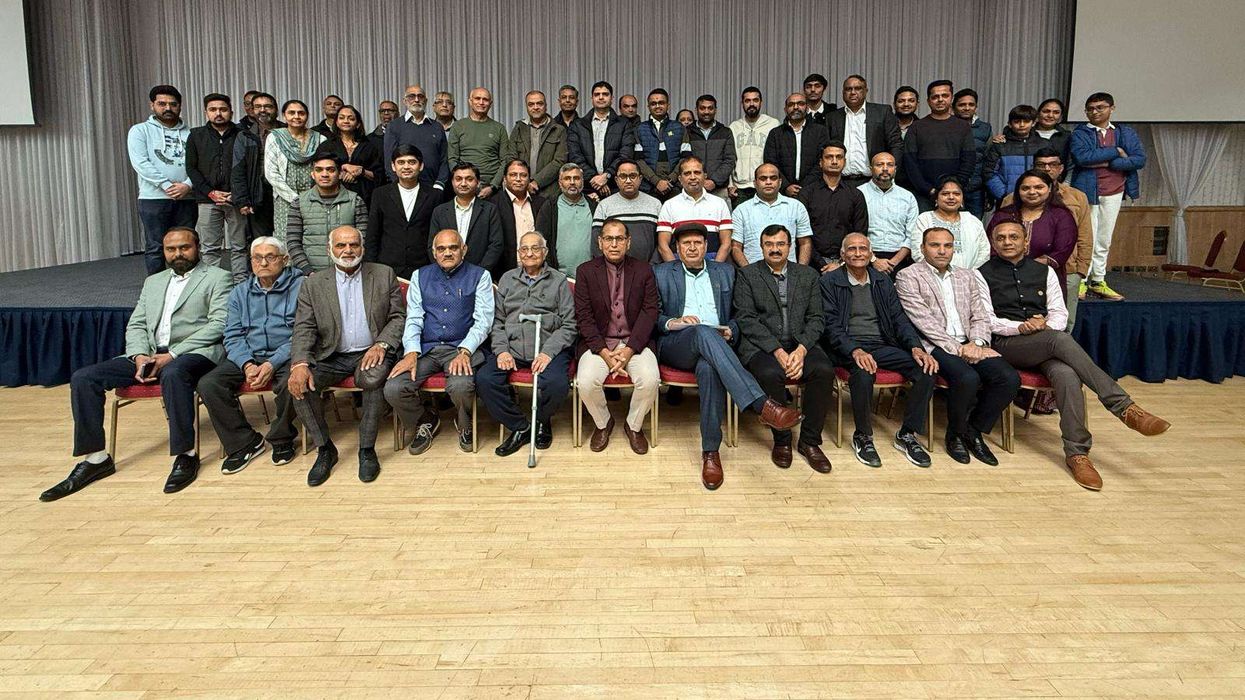Highlights:
- Architect-turned-content-creator Anjari shares her journey from corporate real estate to building That Yellow Trunk
- Her first viral DIY project inspired the name and philosophy of her brand
- She shares practical tips to transform any space on a tight budget
- Upcoming plans include virtual design consultations and DIY workshops
For someone trained as an architect and working 14 years in corporate real estate, a creative career may not have been the obvious choice. But for Anjari, it was always part of the plan. Today, she is the face behind That Yellow Trunk, a homegrown DIY home decor brand that has inspired thousands to reimagine their living spaces using accessible ideas, budget-friendly hacks and a whole lot of colour. What started as a passion project is now both her brand and her business.
A yellow trunk, a pot of paint and a viral moment
The brand’s quirky name is not just for aesthetic. It comes from her first DIY project – an old iron trunk painted bright yellow and turned into a coffee table for her home. It resonated instantly with people, who began tagging her in their own trunk makeovers. That one moment, she says, made her realise how a simple idea can travel.
“I wanted a name that felt personal and fun. That trunk was the start of it all. When it went viral, I thought, why not name my page after it?”
Leaving a 14-year career to follow creativity
After years of working in corporate architecture and real estate, she felt creatively stuck. So she turned to Instagram, where she started posting DIYs, home styling tips and small makeovers. The turning point was not one viral post but something more meaningful.
“It gave me the confidence to quit my job and start my design studio. That page had become my portfolio, without me realising it. People began suggesting I take on projects. So I did.”
Making design fun, not overwhelming
Her approach to design is rooted in keeping the process light and joyful. She believes home makeovers do not need to be overwhelming or expensive.
“Interior design should be fun. I always start meetings with clients by saying that. Even if something does not go perfectly, we should still enjoy the process.”
Her design motto, inspired by a favourite quote from Albert Einstein, is simple – Creativity is intelligence having fun.
How to create a beautiful space on a budget
When asked for quick tips, she shares three simple yet powerful ideas:
- Use soft, layered lighting alongside task lighting
- Rugs or daris help define and ground a space
- Affordable wall art can be made from anything – gift wrapping paper, dupattas, old magazines or postcards
She swears by the wrapping paper hack, calling it her most popular and evergreen DIY. “I’ve done this hundreds of times on my page. It never fails.”
Gen Z is leading the creativity curve
Anjari finds inspiration in the younger generation who are decorating hostels and rented apartments with fairy lights, framed toffee wrappers and budget DIYs.
“This generation is bold. They are not afraid to experiment. When I see first-year college students turn their hostel rooms into cosy corners, it reminds me how much has changed. They are leading the way.”
The real reward: her community’s love
While content creation has its challenges, including inconsistent income and algorithm fatigue, her motivation comes from her audience.
“I call them my community, not followers. Some have been with me since I had 500 people on the page. They message me saying, we remember this post from two years ago, or send me pictures of a hack they tried from my reel. That makes it worth it.”
From DIYs to full-scale projects – what is Homes by Yellow Trunk?
Her offline brand, Homes by That Yellow Trunk, focuses on end-to-end design projects. It is a natural extension of her Instagram work but comes with different timelines and workflows.
“This is where my architecture background lives. The online part is all about sharing ideas. But the offline studio handles actual home projects, and when they are done, I share those stories too.”
Consultations, workshops and what’s next
She is currently working on launching one-on-one design consultations for people across India, especially those not looking for full-time designers but need expert advice.
“It could be anything – analysing a layout, talking through vastu concerns, or helping someone choose between tiles. I want to be their design bestie.”
She also plans to host online and offline DIY workshops, where participants receive curated kits at home and join her for virtual craft parties.
What she has learnt about content and business
If she could go back, she says she would have started sooner.
“You don’t need expensive equipment or a huge team. Some of my best-performing videos were shot on a phone without a tripod. What matters is whether you are giving value.”
She also draws a clear line between professional platforms and creative ones. “Instagram is not LinkedIn. You do not need to be polished all the time. Be real. Show your failures. People connect with honesty.”
A trend she loves, and one she would skip
Trends she embraces include the rise of affordable, ready-to-frame wall art from homegrown brands. “It has made personalisation so much easier and accessible.”
The trend she avoids? Overdoing wall panelling.
“Every wall does not need panelling. Let the walls breathe. Leave space for family pictures, for memories. Not every surface needs to be designed edge to edge.”
Inspire, not impress
More than follower counts or viral moments, Anjari says her goal is to help people rediscover joy in their spaces.
“If someone has had a long week and they try a five-minute DIY from my page on Sunday, that is a win. That is what I want to do – inspire people to create, to enjoy, and to love their homes.”














